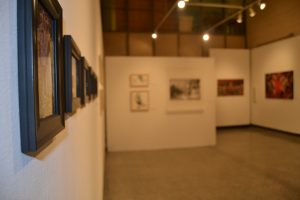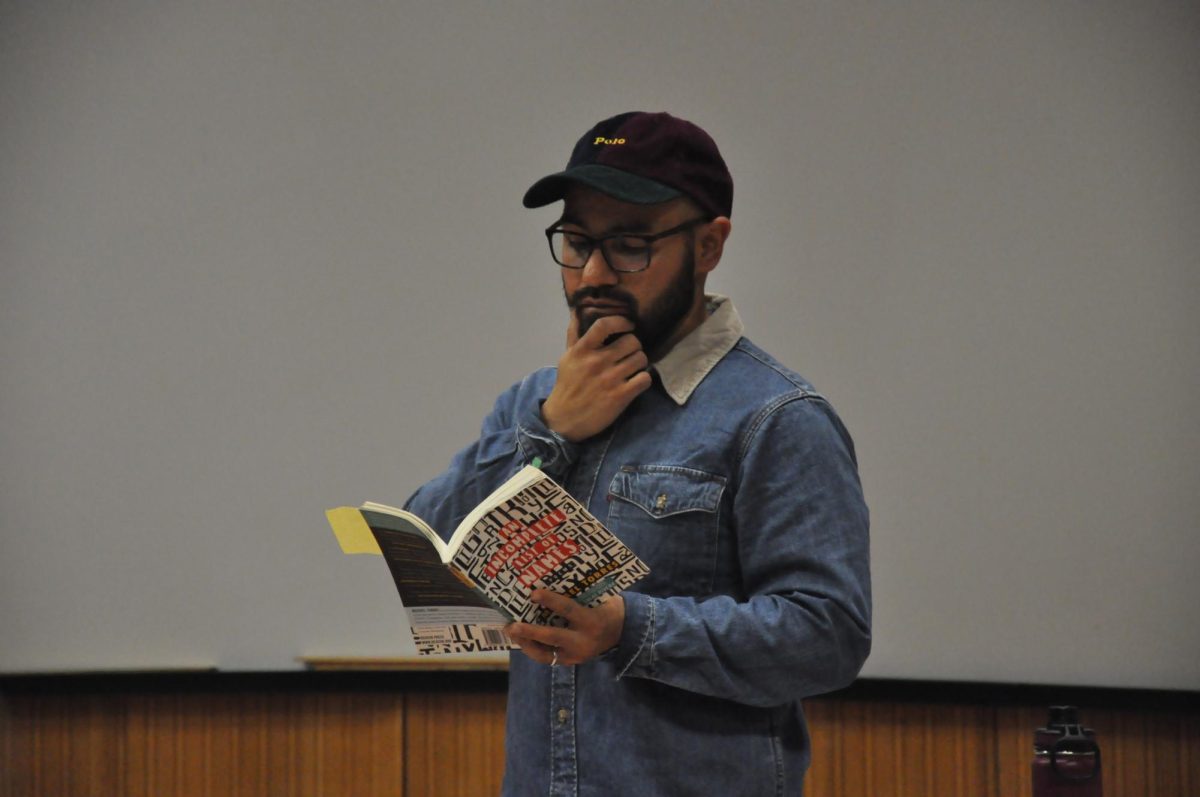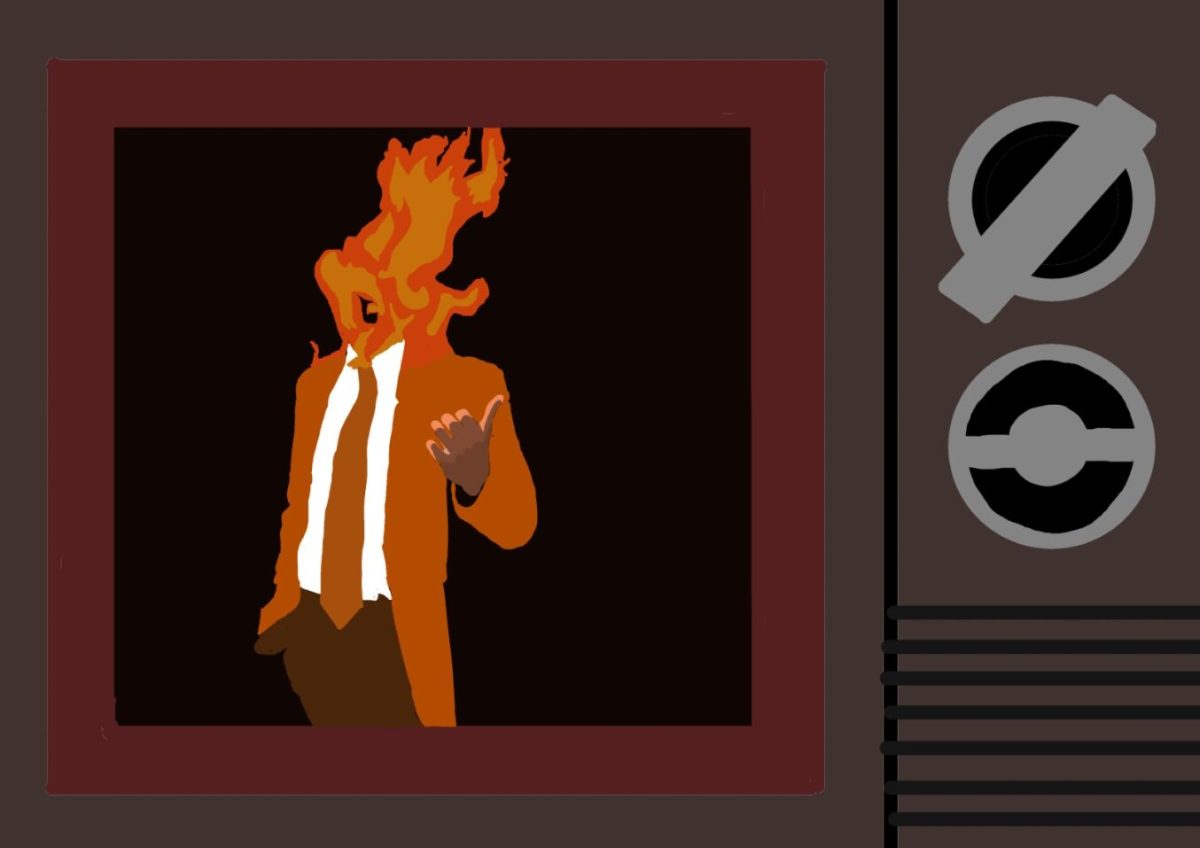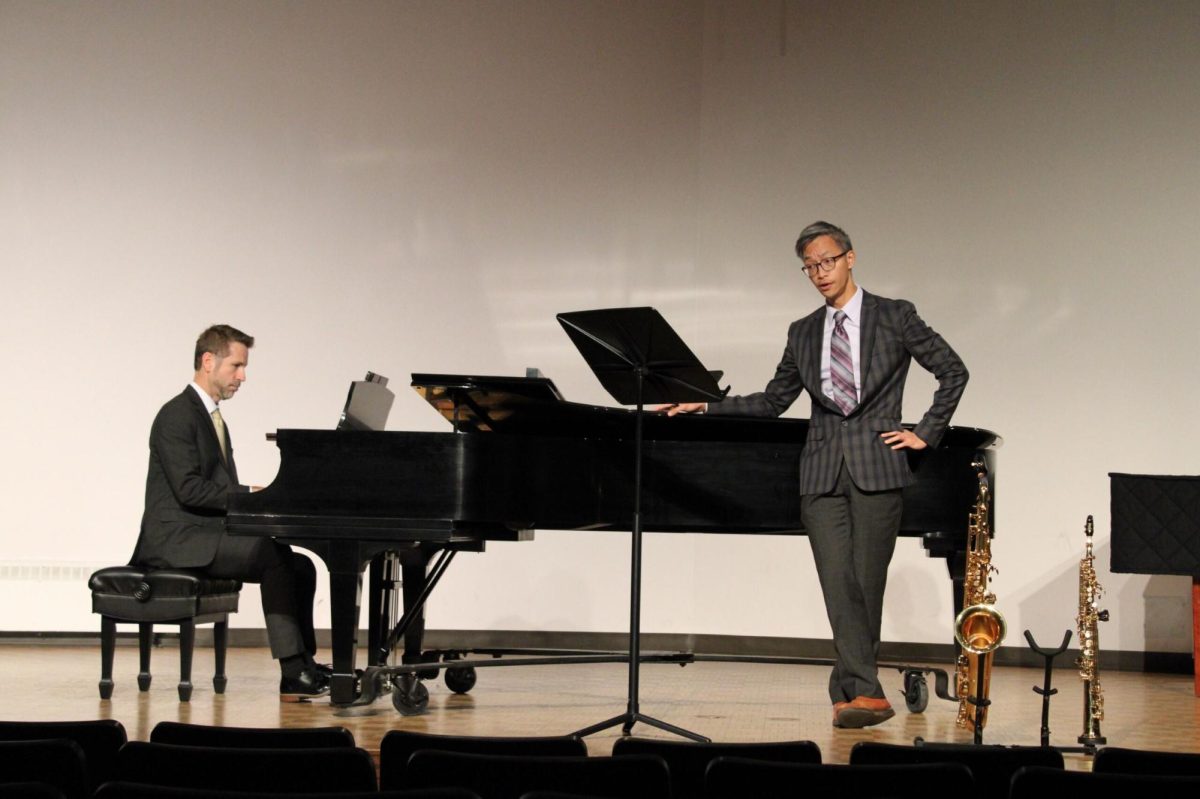
KELSEY CHERWINKA
Marcia Ratliff/Winonan
The art department faculty presented their work at the Faculty Art Show artists’ talk last Wednesday.
The show is located in the Watkins Gallery where exhibits range from faculty to student work to traveling exhibits.
Seho Park, who teaches art education and 2D design, said he views gallery shows like this one as a way for viewers to exercise their senses.
“The key idea of this gathering is that this can be kind of a ritual for seeing things of aesthetic quality,” he said.
Park said there are two types of aesthetic interest: in nature and in humans. Art often examines the connections between the two.
Park also said art contains answers but deals more with the questioning process.
“I quite often have to deal with worthwhile questions,” he said.
For the faculty and students, bringing work out of the studio and into the gallery is important.
“Seeing the naked bodies of what we have produced is primary in knowing art,” Park said.
He encouraged the audience to look for form or structure in each painting, whether as a phenomenon for the eyes, or a metaphor or both.
Mary Coughlan, who teaches 2D design, printmaking and drawing, said her contour drawings of fruit, entitled “Fresh Fruit Series,” exemplify the “push-ups of drawing.”
Coughlan’s work incorporates barcode stickers with simple line drawings of fruit in a conflation of the farm and the digital age.
The drawings themselves can be done quickly, but Coughlan said, “I made over 75 to get those 8 drawings. Most of them don’t turn out. Once you make a line, you have to go with it.”
But, Coughlan said, this is part of making art. “We need lots of failures to get to our work.”
Kjellgren Alkire teaches digital art and intro to art. He said his photography piece, “Camp Characters at the Shed,” shows the creativity in ordinary people.
“Farmers, preachers and plumbers can be remarkably creative,” he said.
Art department chair Anne Scott Plummer said her work, a large sculpture in the back of the gallery, mimics the channels and wires in computers.
Plummer used swimming noodles and pieces of the new ducts that went into the Performing Arts Center this summer to let viewers zoom in on the inside of electronics.
“What’s inside of our computing devices? I’m asking questions about where is that communication going,” she said.
“Is it really serving our needs or just pushing us apart?”
While the art and the artists continued to ask these important questions, the answers were mainly left unspoken.
“Art expresses by its presence in front of us,” Park said. “It does not explain or describe.”
Contact Marcia at [email protected]










































